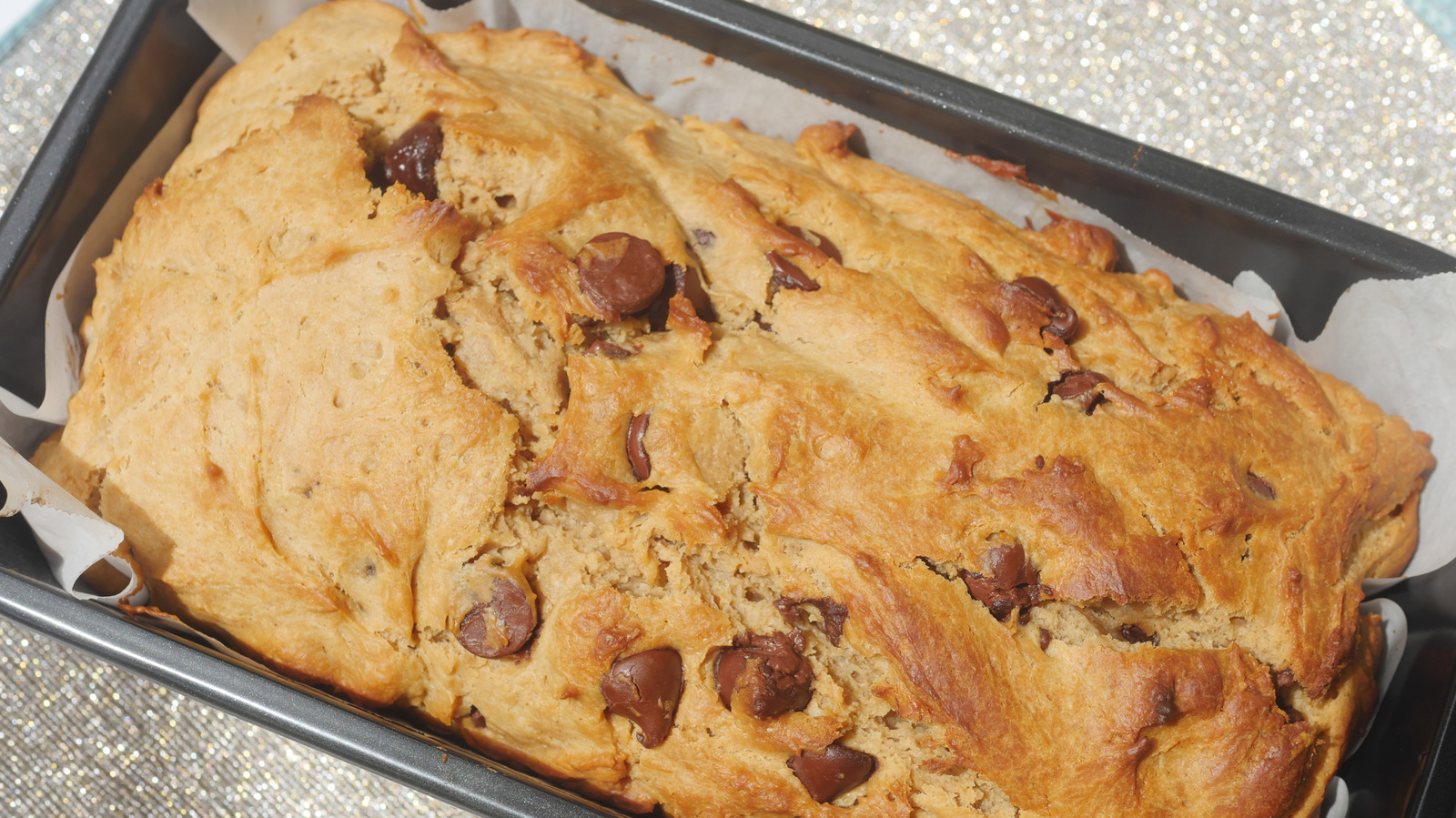
"During the Depression, families creatively adapted recipes, resulting in practical dishes like peanut butter bread, which is made without yeast and eggs."
"The peanut butter bread, originating from the 1932 'Five Roses Cook Book,' requires only flour, sugar, baking powder, milk, and peanut butter for preparation."
"Peanut butter bread can be enjoyed alone or creatively incorporated into meals as French toast or paired with fruit jams and spreads."
"This historical recipe highlights ingenuity by allowing families to create a delicious, protein-rich bread using limited ingredients."
Peanut butter bread emerged during the Depression as a response to limited ingredients like yeast and eggs. This recipe from the 1932 'Five Roses Cook Book' includes flour, sugar, baking powder, milk, and peanut butter. It is simple to prepare: combine dry ingredients, mix in the wet ones, then bake. The resulting bread is not only tasty but also versatile, being ideal for various uses such as French toast or sandwiches, showcasing its adaptability to different culinary preferences and needs.
Read at Tasting Table
Unable to calculate read time
Collection
[
|
...
]